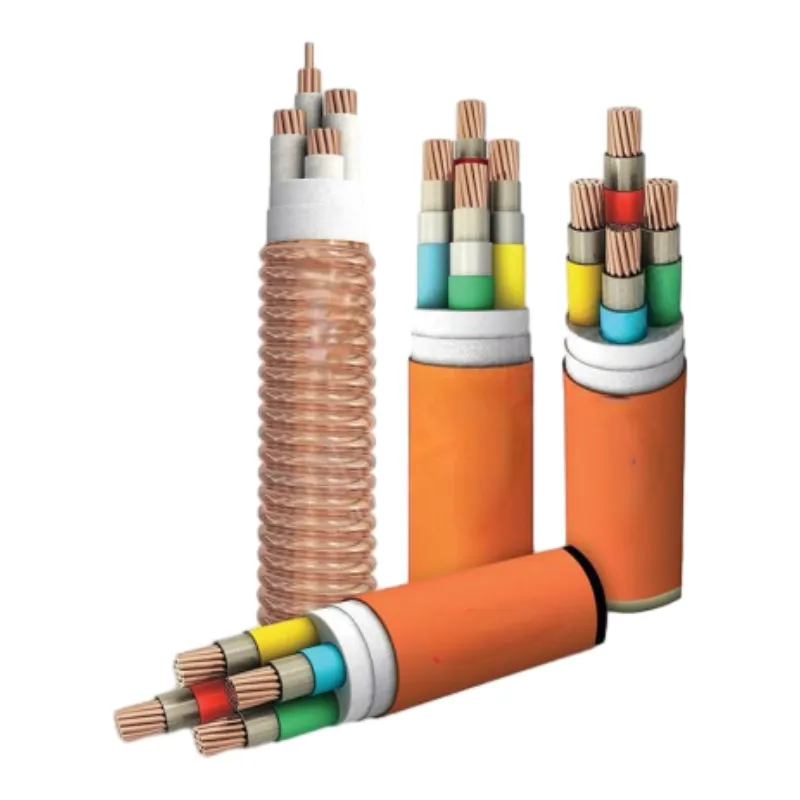8 月 . 28, 2024 10:57 Back to list
High-Quality Air Valves for Efficient Control Systems
Understanding Air Valves Function and Importance
Air valves are critical components used in various applications across industries such as HVAC (Heating, Ventilation, and Air Conditioning), water distribution, and automotive systems. At their core, air valves are designed to regulate the flow of air or gas in a system, ensuring optimal performance and efficiency. This article explores the function, types, and significance of air valves in modern technology.
Function of Air Valves
Air valves serve multiple purposes. Primarily, they allow for the entry and exit of air in a controlled manner, preventing excessive pressure build-up in pipelines and systems. By enabling the release of trapped air, they help maintain a stable pressure environment, which is essential for the smooth operation of machinery and equipment. Furthermore, air valves can also aid in the prevention of cavitation in pumps and reduce the risk of water hammer in pipelines, thus protecting infrastructure and prolonging equipment life.
Types of Air Valves
There are several types of air valves, each designed to meet specific needs. The most common types include
1. Automatic Air Valves These are designed to automatically release air from a system during filling and allow air to enter during draining. They are crucial in preventing pressure surges.
2. Combination Air Valves These versatile valves incorporate both an automatic feature and a manual control option. They can manage both large air releases and smaller, continuous air flows.
air valve

3. Air Release Valves Specifically designed to release small amounts of air during routine operations, helping to maintain system efficiency without the need for manual intervention.
4. Pressure Relief Valves These valves automatically release air or gas when a predetermined pressure level is exceeded, thereby protecting systems from potential damage.
Importance of Air Valves
The importance of air valves cannot be overstated. In HVAC systems, they ensure efficient airflow, contributing to energy savings and enhanced indoor air quality. In water distribution systems, air valves prevent the formation of air pockets that can hinder water flow and create pressure issues. In automotive applications, they play a role in maintaining optimal engine efficiency and emissions control.
Moreover, the reliability of air valves directly influences the overall performance and safety of systems. A malfunctioning air valve can lead to increased maintenance costs, reduced efficiency, and even catastrophic failures. Therefore, selecting the right type of air valve and ensuring regular maintenance is crucial for operational reliability.
Conclusion
In conclusion, air valves are essential components that contribute significantly to the functionality and efficiency of various systems. By regulating air and gas flow, they enhance performance, prevent damage, and contribute to overall safety. Understanding their types and functions can help in making informed decisions for system design and maintenance, ensuring optimal operation across numerous applications.
Share
-
Understanding the Differences Between Wafer Type Butterfly Valve and Lugged Butterfly ValveNewsOct.25,2024
-
The Efficiency of Wafer Type Butterfly Valve and Lugged Butterfly ValveNewsOct.25,2024
-
The Ultimate Guide to Industrial Swing Check Valve: Performance, Installation, and MaintenanceNewsOct.25,2024
-
Superior Performance with Industrial Swing Check Valve: The Essential Valve for Any SystemNewsOct.25,2024
-
Industrial Swing Check Valve: The Ideal Solution for Flow ControlNewsOct.25,2024
-
You Need to Know About Industrial Swing Check Valve: Functionality, Scope, and PerformanceNewsOct.25,2024